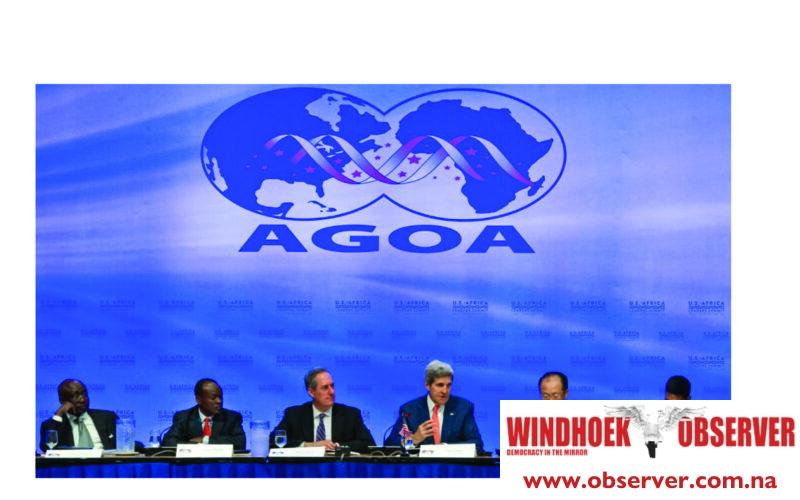Staff Writer
The expiration of the African Growth and Opportunity Act (AGOA) last month marks a major shift in Africa–US trade relations, with significant implications for export diversification, investment flows, and economic alignment, analyst Amandro Jansen has said.
For over 20 years, AGOA provided duty-free access to more than 6 000 product lines, helping African countries develop export capacity in apparel, agro-processing, automotive components, and other manufactured goods.
Its expiry removes these trade preferences, subjecting African exports to most-favoured-nation (MFN) tariffs and, in some cases, additional US duties.
“This transition has immediate and uneven consequences across the continent. While resource-exporting countries like Namibia will see limited direct tariff exposure, those that built industries around AGOA, such as Lesotho’s textiles, Ethiopia’s apparel, and Kenya’s horticulture, face double shocks of higher tariffs and reduced investor confidence,” Jansen said in a report for Simonis Storm Securities.
He explained that Namibia’s direct exposure under AGOA has historically been modest, as most of its exports to the US are uranium, non-monetary gold, copper, and diamonds – commodities that already attract low MFN duties.
However, Jansen said the expiry of AGOA limits Namibia’s ability to diversify its exports in the future.
He noted that sectors such as fish processing, beef, beverages, and niche manufactured goods could have benefited from continued preferential access to the US market but now face cost disadvantages compared to global competitors.
“This reduces Namibia’s incentives to channel investment into higher-value exports, at a time when broadening beyond raw minerals is a strategic imperative,” he said.
He added that UNCTAD warns the loss of AGOA could cut African exports to the US by nearly 9%, with the largest impact on countries that used the scheme to move up the value chain.
The end of AGOA could also affect foreign investment, as investors often viewed the programme as a sign of market stability.
Jansen said uncertainty around US trade policy, combined with new tariffs on China, Mexico, and Canada, is increasing volatility in global value chains.
At the same time, South Africa has suggested that AGOA’s expiry may open space for a new, more reciprocal US–Africa trade framework.
“This could align more closely with Africa’s long-term ambitions under the African Continental Free Trade Area (AfCFTA), creating opportunities for deeper regional integration and coordinated bargaining.
However, such negotiations are likely to be slow, and South Africa’s own geopolitical positioning, particularly its ties to BRICS, Russia and Iran, risks complicating its continued eligibility,” he said.
Jansen said that for Namibia, the end of AGOA presents both a warning and an opportunity.
“The opportunity lies in accelerating domestic value addition in uranium, copper, and base metals, expanding agro-processing and fisheries, and leveraging Walvis Bay as a regional logistics hub under AfCFTA. Namibia’s ability to capture greater value will depend less on preferential access to distant markets and more on building resilient regional value chains, improving industrial competitiveness, and aligning with Africa’s broader trade integration agenda,” he said.
Caption
The African Growth and Opportunity Act (AGOA) provided duty-free access for African products.
- Photo: Contributed




